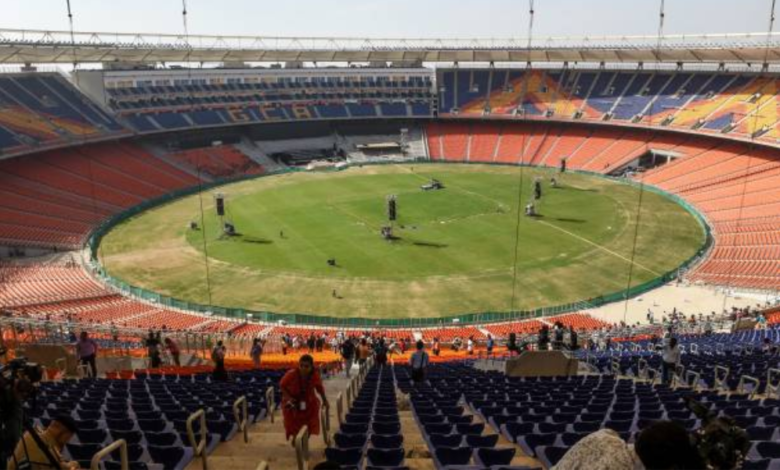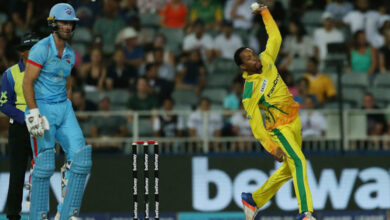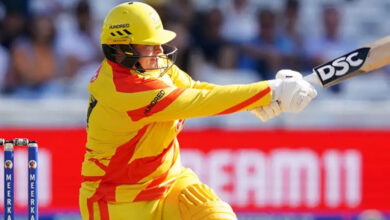ICC has given instructions to curators for over-coming dew & toss factors in the ODI World Cup 2023

India will host the highly awaited ICC World Cup 2023 from October 5 to November 19. For the first time, India will host the ODI World Cup by themselves. Nearly every region of the country will host games during the major event, which will take place over ten locations.
Dew can ruin what the World Cup promises to be a wonderful event. Teams batting second had a definite advantage during the T20 World Cup in the UAE in 2021 because of the dew. In this situation, winning the toss is crucial since teams often choose to bowl first and end up on the winning side.
The International Cricket Council (ICC) has made several significant decisions to guarantee that dew does not control a competition like the World Cup and hence, has given instructions to curators. The game’s governing body has developed a series of protocols for the curators at various sites to follow in order to ensure that the impact of the dew and, subsequently, the toss, is somewhat mitigated.
ICC has given instructions to curators for over-coming dew & toss factors in the ODI World Cup 2023
Most of the sites are likely to have high dew because the ICC World Cup 2023 is scheduled to take place in October and November. The ICC has also taken a few actions to combat dew. In order to keep seamers in the game, the apex body has instructed the curators to leave as much grass as possible on the pitches. The majority of teams will select more seamers in the starting XI because to the presence of grass.
“Venues in the northern, western and eastern states of India are likely to witness heavy dew at this time of year. Matches in Chennai and maybe Bengaluru are likely to see a decent amount of rain. The main idea is to keep the toss out of the equation as much as possible.
“Dew largely impacts the performance of spinners. With more grass, teams will not have to depend as much on spinners. That will also help in having true surfaces. And ODI games don’t need to see very high scores to be interesting,” a source told the Times of India.
To maintain a balance between bat and ball, the ICC has also made a significant decision on boundary sixes. The ICC has recommended that stadium boundaries be as large as they may be. According to the article, the venues were instructed to keep their boundary distances at about 70 meters.
“The minimum size of boundaries for international matches is 65 metres and maximum is 85 metres. The old centres have a boundary size of around 70-75 metres. It has been suggested that boundaries should be kept more than 70 metres.
“The Indian cricket board (BCCI) has also directed curators to use a wetting agent that has been standardized by the board and ICC. Most venues these days use similar wetting agents. But now the board has directed every centre to not use any other wetting agent than what has been prescribed,” sources said.
On October 5, the eagerly anticipated match between the reigning champions England and New Zealand will kick off the World Cup in Ahmedabad.
Thank you for reading.




